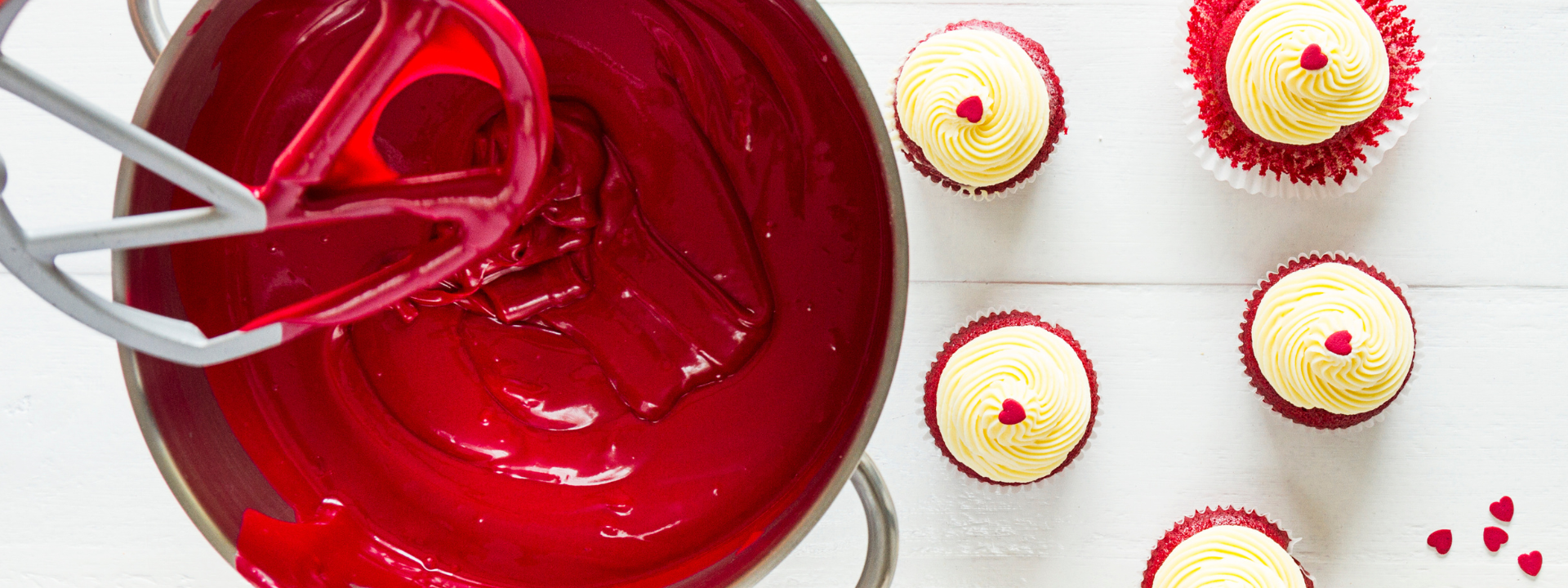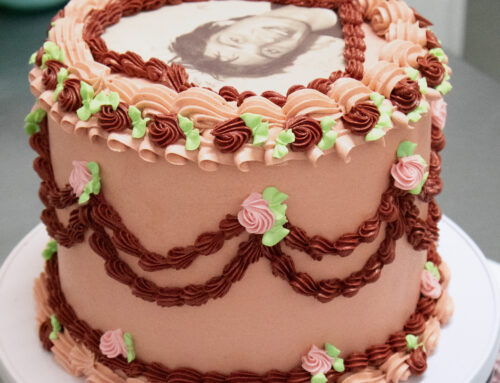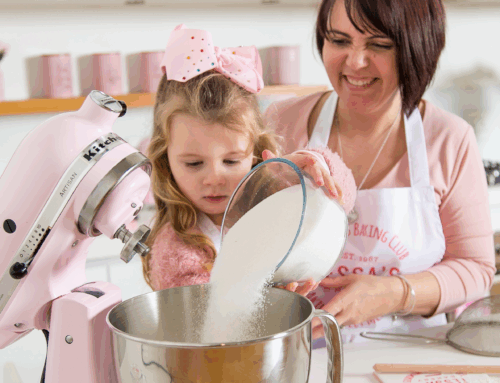
OH, HONEY,
If there’s one thing that can turn a BEAUTIFUL BAKING DAY into a slightly frazzled one, it’s HUMIDITY. You know what I’m talking about—when the AIR FEELS LIKE A WARM HUG (the kind that just won’t let go), and your frosting starts acting like it’s got a mind of its own. TOO SOFT, TOO STICKY, just… too much.
But DON’T WORRY, friend. After years of baking in every kind of weather (and a few frosting meltdowns of my own), I’ve picked up some tried-and-true tricks to keep your CAKES LOOKING AS DREAMY AS THEY TASTE—no matter how muggy it gets outside. SO GRAB A CUP OF COFFEE, maybe one of those fresh cinnamon rolls from the bakery case, and let’s chat frosting!
CHILL OUT —LITERALLY
Humidity makes buttercream and other frostings extra soft, SO YOUR BEST FRIEND HERE IS THE FRIDGE—OR EVEN THE FREEZER FOR A QUICK FIX. Before you start frosting, POP YOUR CAKE LAYERS IN THE FRIDGE for about 20 minutes. A chilled cake is so much easier to work with. And if your frosting starts getting slippery while you’re decorating? Just give it a little 10-minute chill session. Patience pays off!
CHOOSE THE RIGHT FROSTING
Not all frostings are created equal when it comes to humidity. SWISS MERINGUE BUTTERCREAM AND GANACHE HOLD UP MUCH BETTER than American buttercream in STICKY WEATHER. But if you’re like me and love that classic buttercream taste, try ADDING A LITTLE EXTRA POWDERED SUGAR to stiffen it up, or swap in a bit of shortening for stability. (Don’t worry, I won’t tell Grandma it’s not all butter.)
WORK IN A COOL SPACE
If your kitchen FEELS LIKE A SAUNA, your frosting will feel it too. TURN ON THE AC IF YOU CAN, or—my old-school trick—point a fan away from your cake (you don’t want crumbs everywhere!) to keep the air moving. And if all else fails? Frost early in the morning or late in the evening when it’s a tad cooler.
KEEP IT SIMPLE (BUT STILL STUNNING)
On really humid days, ELABORATE PIPING DESIGNS MIGHT NOT HOLD THEIR SHAPE AS WELL. Instead, go for a gorgeous naked cake look, a smooth rustic finish, or swirls with a spatula—they’re just as pretty and way more forgiving. A sprinkle of edible flowers or fresh berries can make it look LIKE YOU PLANNED IT THAT WAY ALL ALONG. (We’ll keep that our little secret.)
THE MAGIC OF CORNSTARCH
If your frosting is this close to perfect but still a little too soft, A TINY SPRINKLE OF CORNSTARCH CAN HELP THICKEN IT WITHOUT CHANGING THE FLAVOR. Just sift in a teaspoon at a time until it feels right.
STORE IT LIKE A PRO
Once your masterpiece is frosted, KEEP IT IN THE FRIDGE UNTIL JUST BEFORE SERVING. If you’re transporting it, a cooler with ice packs is your best bet. And if you’re serving it outdoors? Shade is key—direct sun and frosting are not friends.
At the end of the day, BAKING IS ALL ABOUT LOVE—not perfection. Some of my favorite cakes have had a little character thanks to the weather, and you know what? Nobody minds when it tastes like it was made with care (AND MAYBE A LITTLE EXTRA BUTTER).
So next time the humidity tries to rain on your parade, JUST TAKE A DEEP BREATH, SIP THAT COFFEE, and remember—you’ve got this. And if all else fails? Well, THAT’S WHAT SPRINKLES ARE FOR.
With love and a dusting of powdered sugar,
Tessa x
P.S. Swing by the bakery this week—we’ve got a fresh batch of humidity-proof treats (and plenty of air conditioning!).








